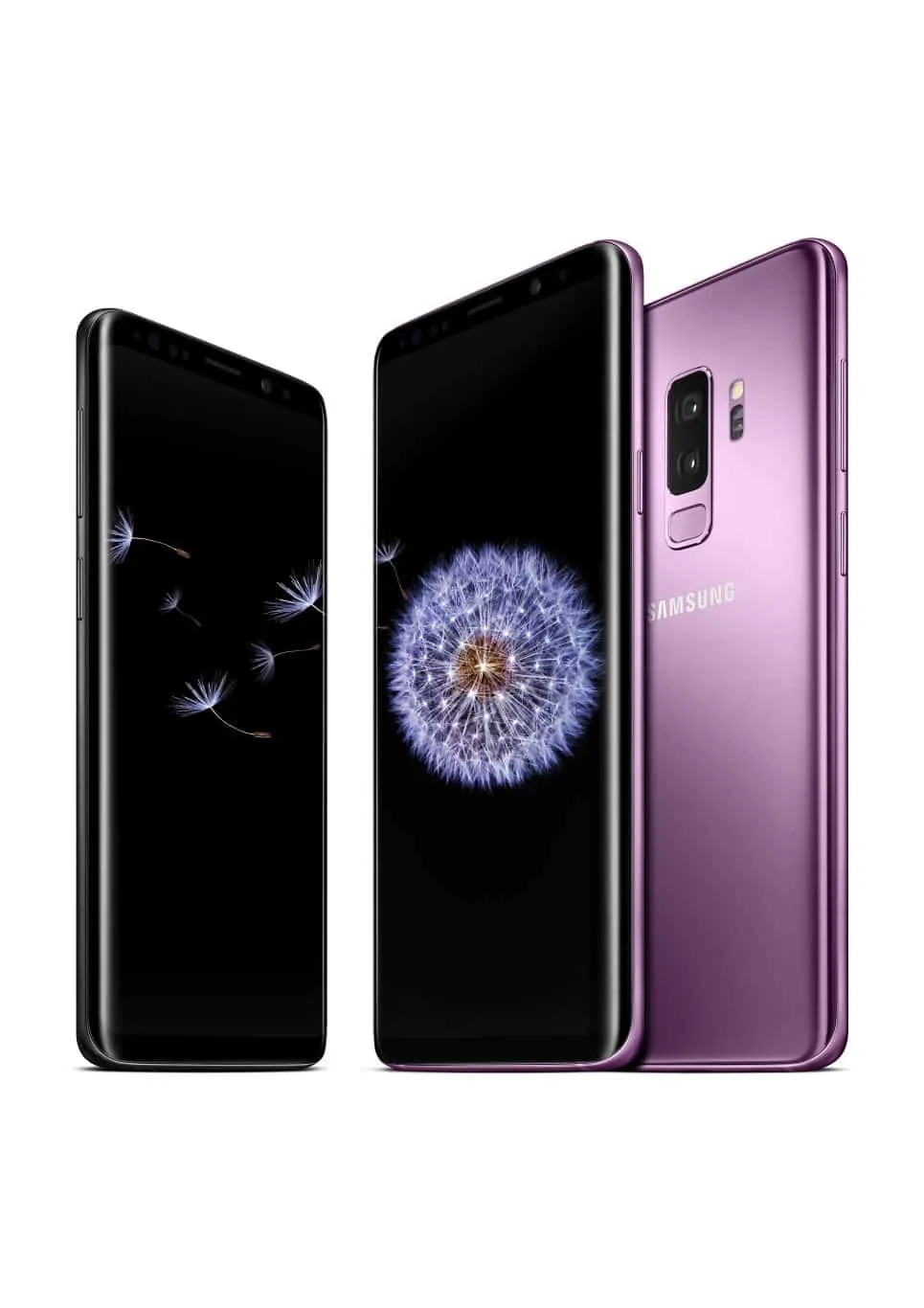Samsung on Sunday officially announced the Galaxy S9 and Galaxy S9 Plus following months of anticipation and rumors, having revealed its most capable Android flagships to date. Beyond boasting about their raw processing power, the South Korean phone maker also spent a lot of time talking about various special features of its new series, and while some of them have already been supported by the company’s older devices, many of them are brand-new.
AR Emoji is one such functionality, being designed to deliver a comprehensive tool for animating emoji and creating entertaining messages that can be sent or saved for later use. On the surface, the functionality appears to be extremely similar to Apple’s Animoji which debuted with the iPhone X but in reality, it’s more akin to Snapchat’s Bitmoji as it asks you to create a digital avatar of your humble self and comes with some robust social media features to facilitate sharing your wacky creations. “Super slow-motion videos” are also part of the package and are much more capable than the slow-motion recording capabilities of the Galaxy S8 lineup. While you’ll still be able to shoot clips at 240 frames per second like you could with Samsung’s previous devices, you can now go as high as 960fps if you’re willing to compromise on the resolution and opt for 720p recording. Naturally, the Galaxy S9 lineup can still shoot 4K videos and has manual photography controls, whereas one new addition in the multimedia department comes in the form of Dolby Atmos surround-ready dual stereo speakers tuned by AKG, a subsidiary of Samsung-owned Harman.
Bixby remains deeply integrated into Android 8.0 Oreo-based Samsung Experience 9.0, allowing you to perform visual searches of your surroundings, translate text, and manage appointments by simply using your voice, among other things. A physical Bixby key rests below the volume rocker of the device but can be disabled if you aren’t interested in using it. The virtual home key provides you with haptic feedback, much like the one on Samsung’s 2017 flagships did, whereas the fingerprint reader has now been repositioned below the camera setups of the two phones so as to be easier to reach. Biometric authentication has also been improved, with the Galaxy S9 and Galaxy S9 Plus being capable of simultaneously using facial recognition and iris scanning to verify your identity in a swift and secure manner.
As the two flagships run Android 8.0 Oreo out of the box, they also feature support for Google’s Project Treble and should hence be easier to develop for. In practice, this feature could allow Samsung to push out monthly security updates for its devices in a timelier manner. Other hallmarks of the recent additions to the Galaxy S series such as the curved Edge Display which can be used for quickly accessing shortcuts and the 18.5:9 screen are still part of the package here, as is a microSD card slot with support for up to 2TB of additional storage, though Samsung isn’t advertising the latter capability and is presenting the phones as allowing up to 400GB of extra memory, which is the maximum capacity you can currently purchase.











